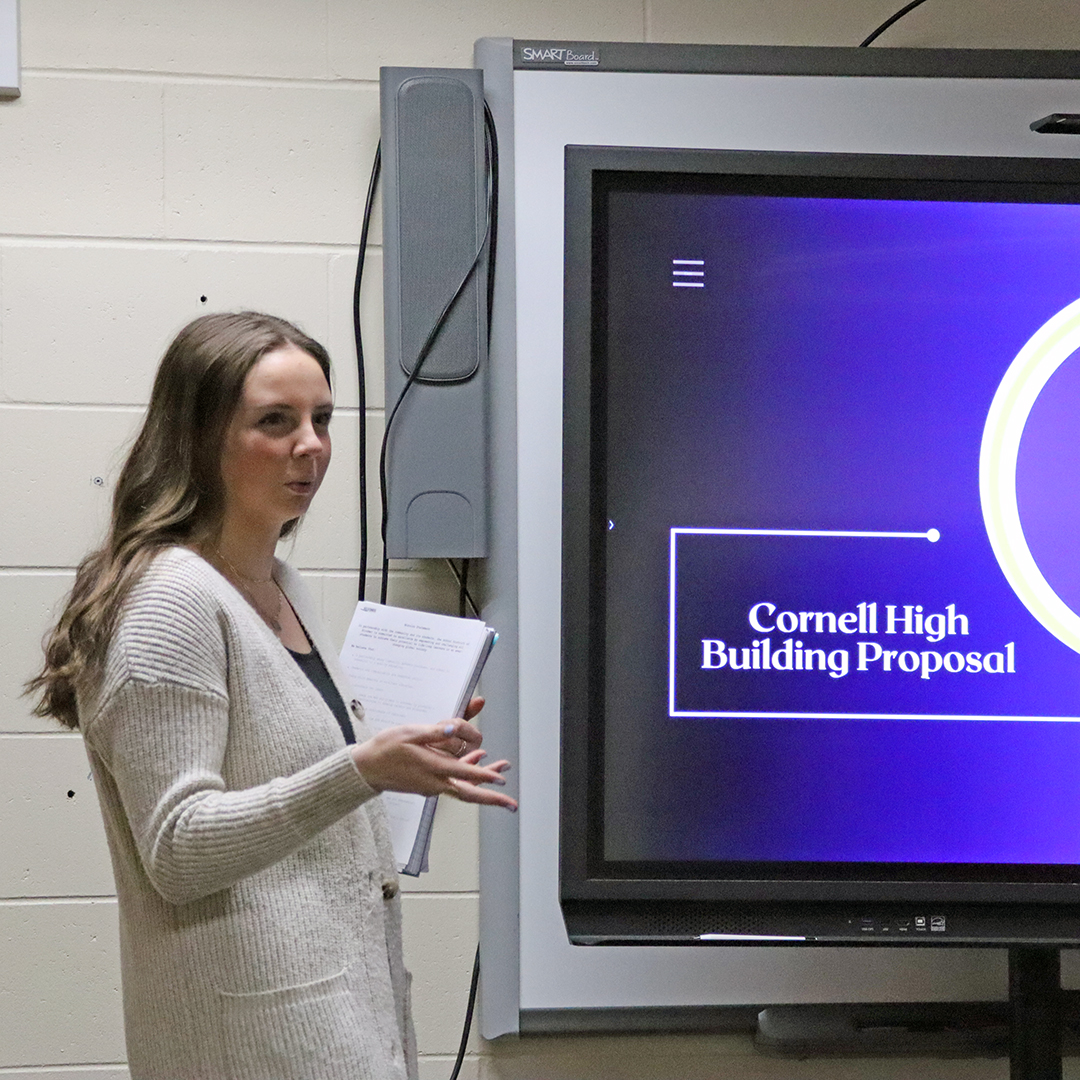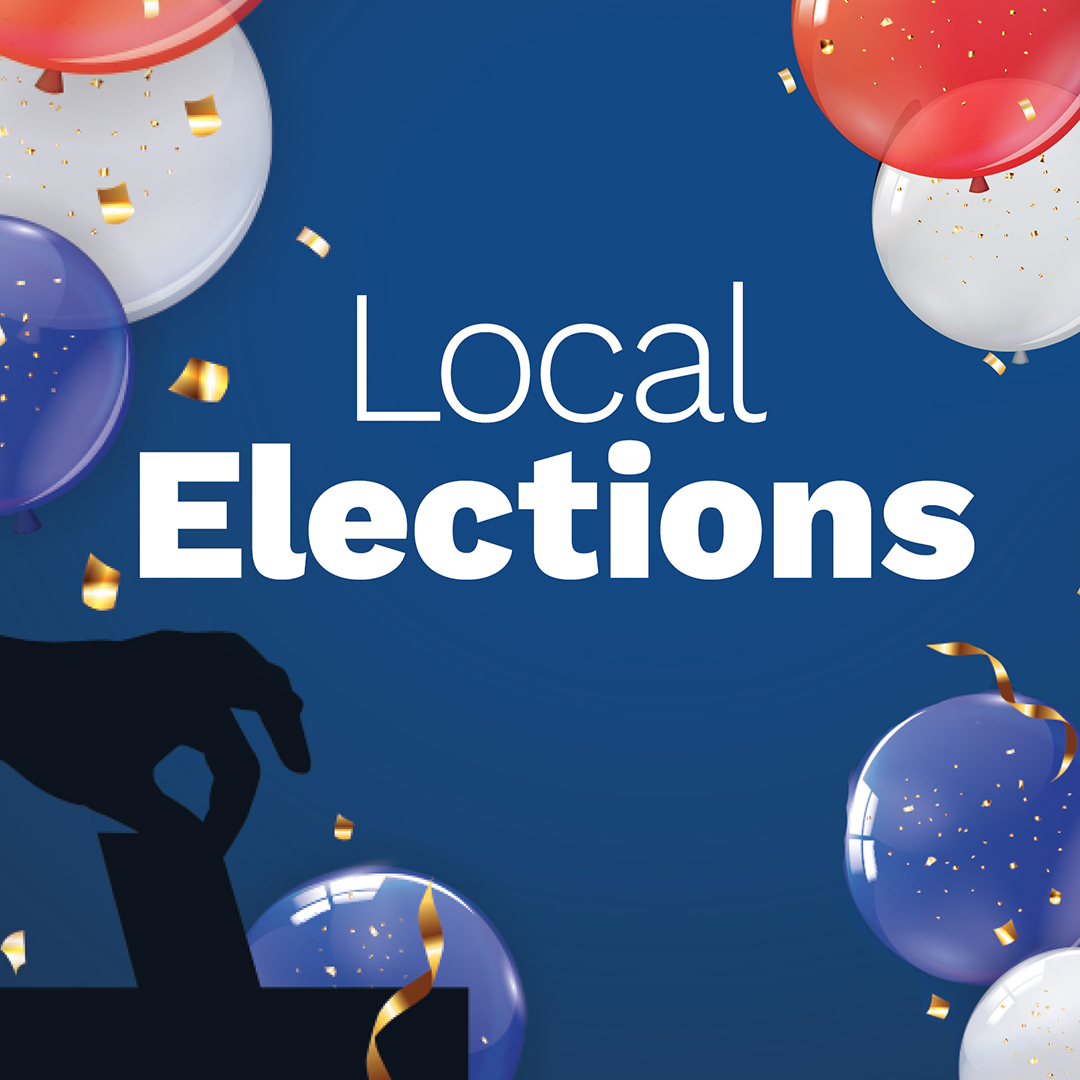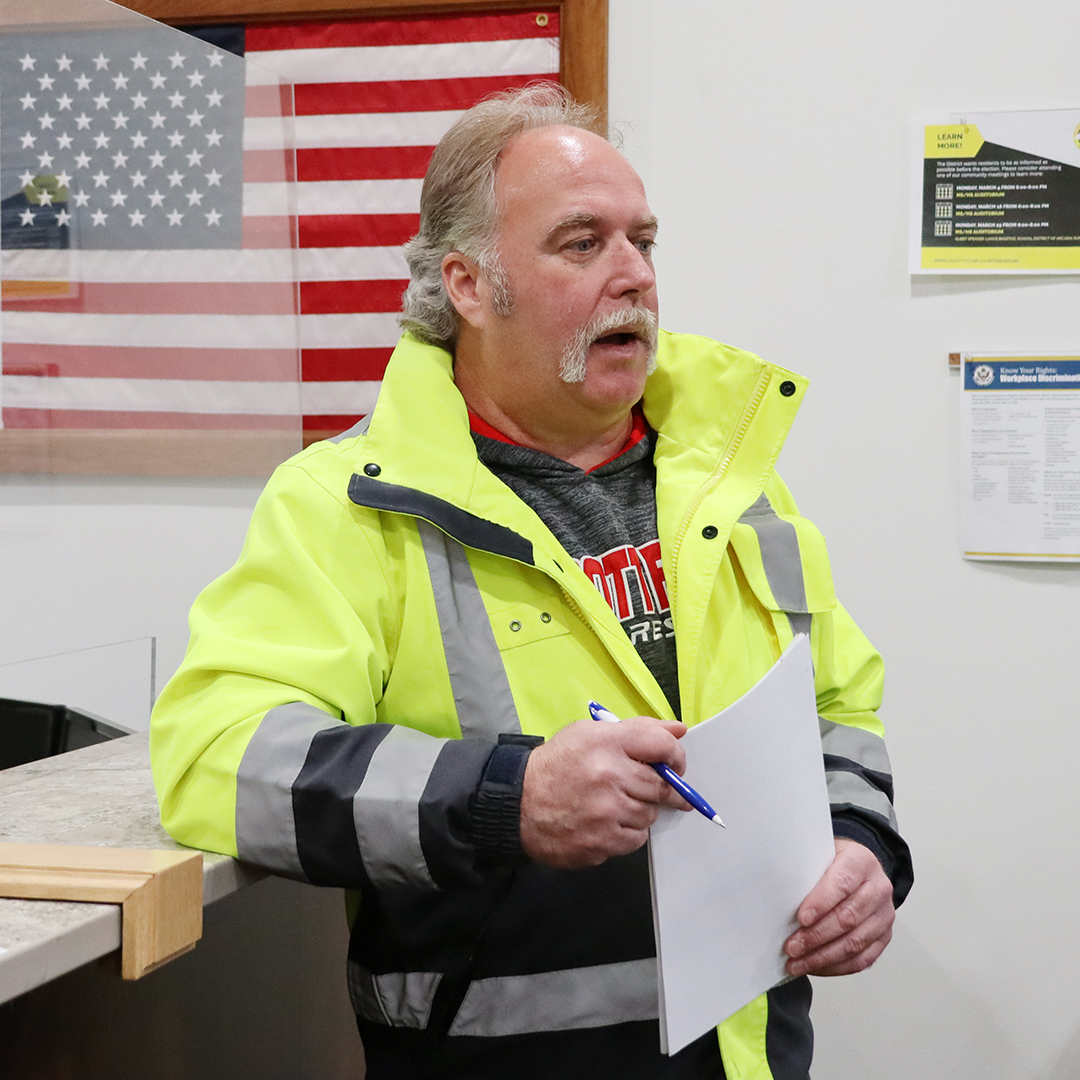Counterfeit bills case leads to Buchli’s arrest
By Julia Wolf
James Buchli, 26, Cadott, was arrested Jan. 23, after a multi-jurisdictional investigation.
According to the Lake Hallie Police Department, they responded to the Lake Hallie Walmart Dec. 27, for a report of a male subject who passed four counterfeit $100 bills. Photos of the subject were uploaded to the police department’s Facebook page Jan. 17, to see if the public could assist in identification.
The Cornell Police Department issued a Wisconsin Crime Alert the following day, for the same suspect passing $100 bills at two locations in their jurisdiction.
The Lake Hallie Police Department says the suspect was identified as Buchli, with the assistance of the Wisconsin Crime Alert Network, Facebook and Chippewa County Crime Stoppers. Buchli was also identified in connection with passing counterfeit $100 bills in Ladysmith and Tomah.
The Cadott Police Department stopped a vehicle that was previously at Buchli’s residence, when investigators attempted contact there. Buchli was identified as the passenger in the vehicle, and was arrested and transported to the Chippewa County Jail, where he was booked in on multiple counts of Forgery-Uttering and one count of Retail Theft.
Additional charges are expected from the Ladysmith and Tomah cases.
Cornell Police Chief Glenn Rehberg says there are parts of the case that could be subject to more investigation.
When dealing with cash, Rehberg says there are a few things to keep in mind to check for authenticity.
He says $100 bills are the most commonly counterfeited, because of the higher value associated with them. Rehberg also says older bills without the holographic stripe are easier to counterfeit and says he would take special caution when handling those.
“Look for imprecise printing, Ben Franklin’s hair for example,” said Rehberg. “If the hair looks smudged, that is a warning sign.”
He says the federal reserve shield is another good place to check for precise and clear printing.
“There should be fibers visible in the paper,” said Rehberg, and if fibers are not visible, the bill could be a counterfeit.
He says, when in doubt, people could consider meeting at a bank to accept money and see if the bank can verify the authenticity of the bills.
“Banks are really good at detecting counterfeit bills,” said Rehberg.
Rehberg also says heightened awareness may be warranted, if people are asking to pay for small transactions with large bills.
“That could be a conversion method to try to change a counterfeit bill into legitimate currency,” said Rehberg.
He also says some bills say “for movie use only” across the top, but look like a legitimate bill otherwise.
“I see those as much as I see counterfeit bills,” said Rehberg.





